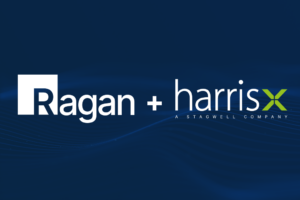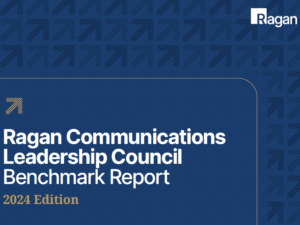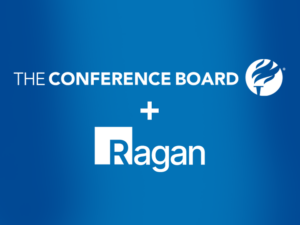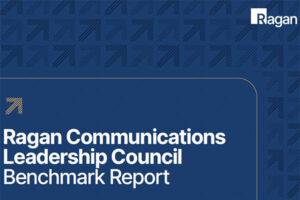Ragan Research: What’s widening the government comms perception gap
A new survey from Ragan Communications and the George Washington University College of Professional Studies reveals a huge gap in the perception of government comms.
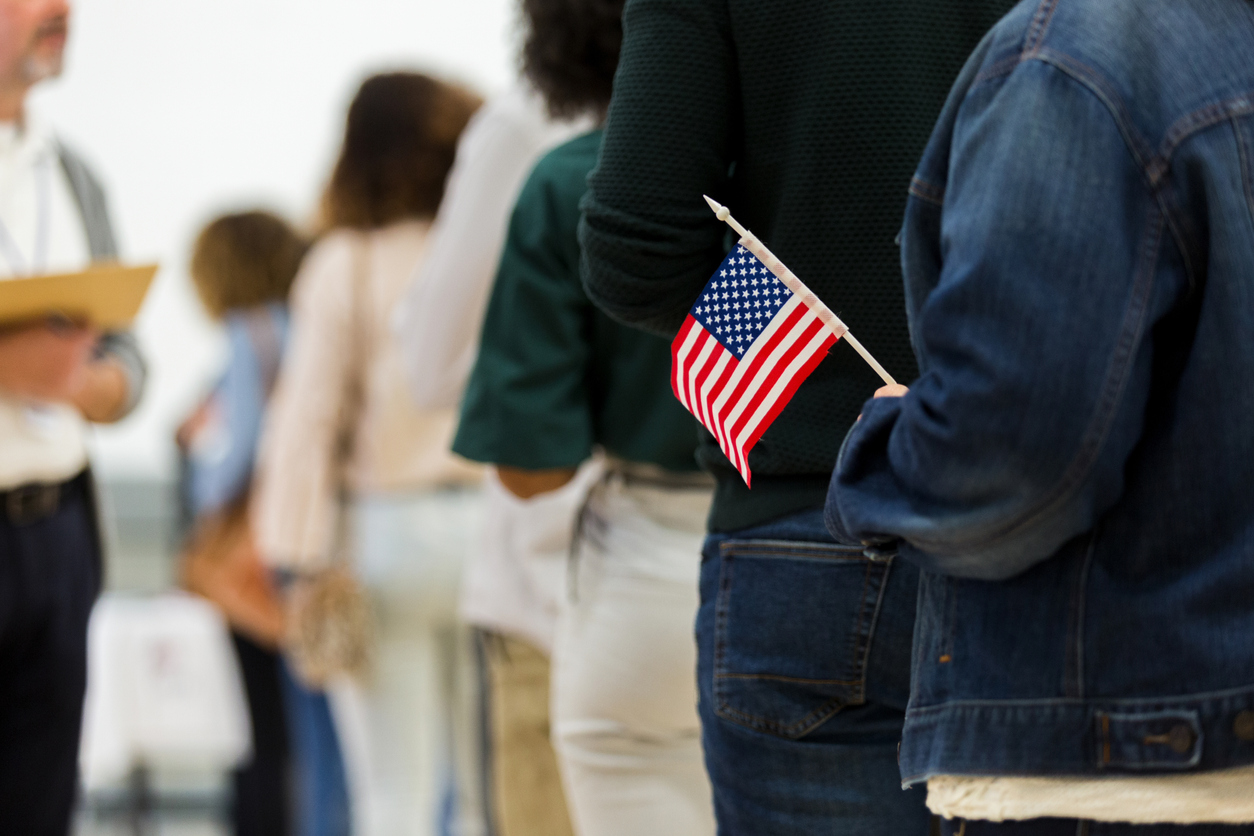
A massive, concerning gap exists between the levels of trust government communicators believe the public has in the information they provide and how the American public actually perceives it. That’s according to the 2nd Annual National Survey of Government Communications & Public Affairs, conducted by Ragan Communications, the George Washington University College of Professional Studies and the National Association of Government Communicators.
The survey, conducted by Schoen Cooperman Research, asked three distinct groups of people — the general public, government communicators and private sector communicators — about their opinions on an array of topics related to public affairs and information. And the differences are stark.
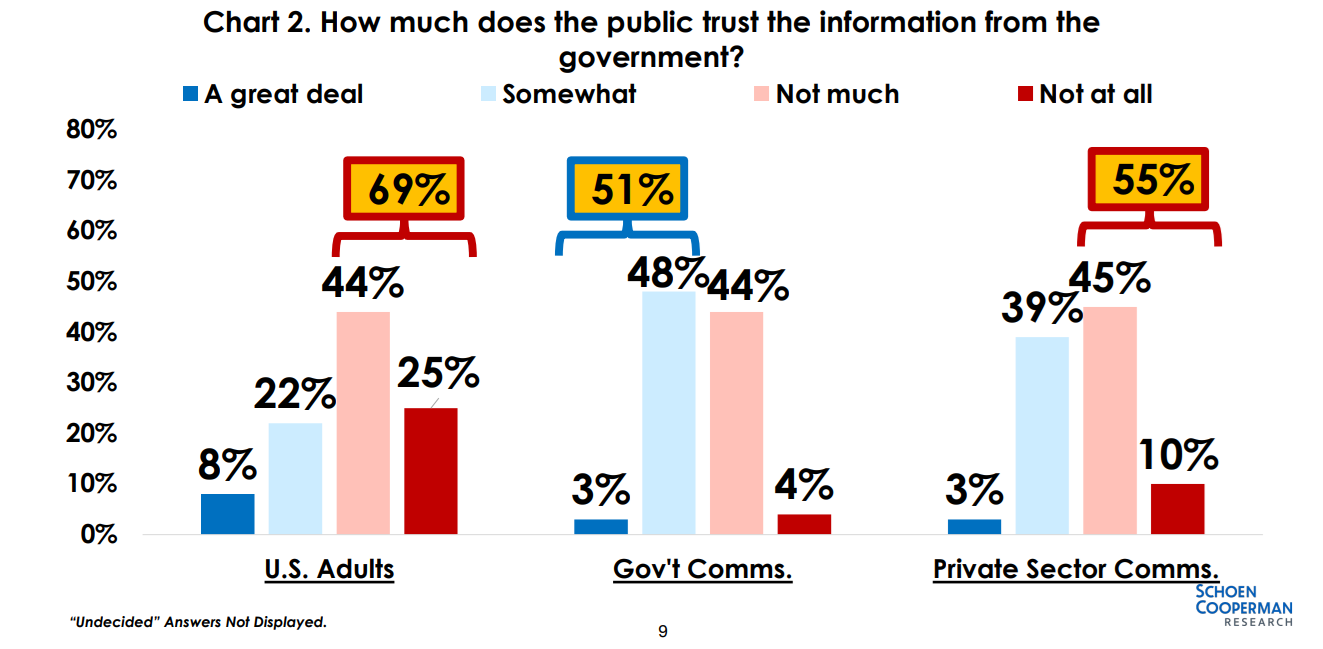
Sixty-nine percent of the general public have not much or no trust in information provided by the government. Yet 51% of communications professionals who work for government entities believe that the public has “somewhat” or a “great deal of” trust in the information they provide. The actual percentage of Americans who trust governmental information is just 30%.
In a similar vein, only 36% of the public answered that the government is effective at communicating with them, while 58% of government communicators think they’re doing a good job.
This wide gap in the perception between government entities and the public they seek to serve should serve as a wake-up call to government communicators.
When asked why they distrust the government in an open-ended question, the most common answers from the public included dishonesty, self-serving interests and polarization. Communicators as a whole, however, identified core issues in public trust as polarization, mis- and disinformation and poor communication styles, the survey found.
Now, there are key limitations to the survey to consider. The survey only asked about “the government” as a whole. It’s possible that respondents have different views of local, state and federal governments, or of different agencies — for instance, they may trust the military more than their state’s revenue services department . They may also not make distinctions between statements made by politicians on the campaign trail versus information coming from their county’s sheriff’s department on road conditions during a snowstorm.
So let’s look at solutions.
The survey also asked how the government can improve trust in its messaging. In the open-ended question, an overwhelming 69% of the public said honesty and transparency are the best solutions.
That sounds great in theory. Transparency is a goal to always strive for in any communications practice. But in a post-truth society, what does honesty mean? For instance, despite broad-based scientific agreement, 30% of Americans do not believe climate change is caused by humans. Drawing a connection between humans and the changing climate is honest but might not be perceived that way.
It’s certainly a dizzying task for communicators, especially with looming elections that 58% of government communicators are eyeing with concern. But the first thing the community can do is to recognize the gap that exists and understand that with nearly any communication, they are starting from a trust deficit. Each campaign, speech, press release or interaction with the public is one tiny chance to begin to win back trust.
But one way that trust can still be hurt is through the use of AI. The survey found that 61% of the general public believes governments should not use AI in its communications due to concerns over privacy and personal data risks. Fifty-eight percent of the public said that the use of AI would decrease trust in government communications. This is a clear warning: Be careful and transparent when using AI tools. Be clear about how they were used and what it means for the public.
Additional results from the survey will be revealed during the 2nd Annual National Survey of Government Communications & Public Affairs (GPA) Rollout event held at the George Washington University Library on Feb. 29 at 8:30 a.m.
Allison Carter is editor-in-chief of PR Daily. Follow her on Twitter or LinkedIn.


